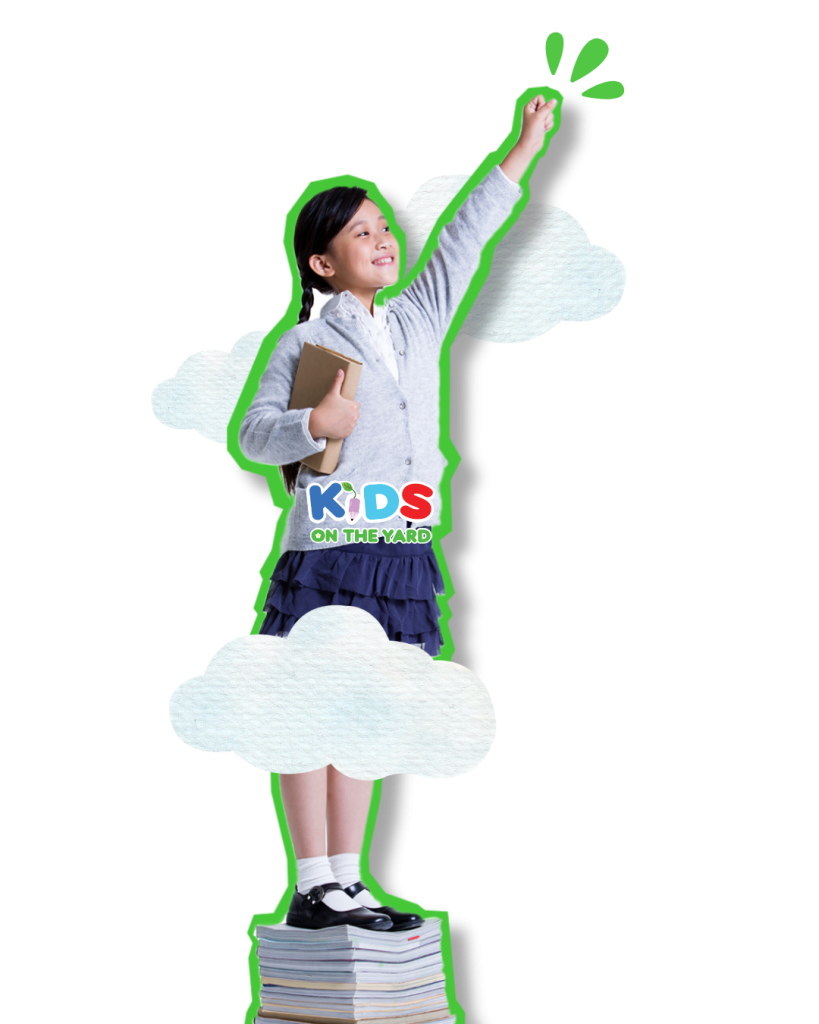|
Audio Article
|
One of the main reasons children develop a dislike for math is because they don’t see how it connects to their everyday lives.
Let’s fix that with math activities that build real-life skills and real-life activities that build math skills.
Integrate Math with Daily Life
Highlight math by weaving it into everyday activities.
- Party Budget Challenge
- Encourage students to budget for a fictional party while managing limited funds, teaching them addition, subtraction, and multiplying decimals.
- Picnic Budgeting Adventure
- Plan a picnic by having students list items with price tags and work within a budget. This exercise builds math skills as they make decisions about allocations.
- Garage Sale Math
- Set up a garage sale scenario where students price items and predict profits. This activity reinforces basic arithmetic through practical application.
- Pizza Fractions Café
- Use pizza parlors to teach fractions. Have students create a menu with a fixed budget, calculating costs for toppings and drinks.
- Recipe Ratios in Action
- Introduce cooking classes to explore ratios and proportions. Students can double or halve recipes, mixing ingredients and fractions simultaneously.
- Sports Stats & Decimals
- Utilize sports statistics to tackle decimals. Students can track athletes’ performance data, developing an understanding of percentages and averages.
These hands-on activities help math become more familiar and applicable to students’ daily lives.
Hands-On Math Activities
Offer students activities that apply math concepts practically.
- Blueprint Builders
- Have them build scale models using blueprints, reinforcing skills like multiplication and division for measurement conversion.
- Kitchen Math Lab
- In the kitchen, use recipes as a math lab. Students can learn about fractions, measurement, and estimation by preparing dishes and adjusting ingredient quantities.
- Measurement Mission
- Assign measuring tasks around the classroom. Students can practice using rulers and measuring tapes to find dimensions of various items, converting between units and calculating areas and perimeters.
- Bridge Engineering Challenge
- Create a bridge-building challenge using everyday materials. This activity incorporates geometry and physics principles as students calculate weight distribution and ratios.
These practical interactions help students see math as a foundational element in everyday life, making it more tangible and less intimidating.
Incorporate Technology
Use digital platforms to make math lessons more interactive and engaging.
- Minecraft Education
- Introduce Minecraft Education for exploring geometry through virtual construction projects.
- Social Media Challenges
- Create math-related social media challenges where students share solutions or real-world examples of mathematical concepts.
- VR & AR Integration
- Implement virtual reality (VR) and augmented reality (AR) to visualize abstract math ideas in 3D environments.
- Interactive Math Tools
- Utilize interactive websites and apps like GeoGebra or Desmos for graphing and visualizing algebraic functions.
- Coding & Robotics
- Integrate coding and robotics projects to apply math concepts practically. Simple programming tasks reinforce logic and sequencing skills.
These technology-based approaches modernize math education and appeal to today’s digitally-savvy students, making the subject more accessible and engaging.
Math Real-World Connections

Math isn’t just about numbers; it’s a part of everyday life. By connecting it to real-world activities, students can see its relevance and practicality. Here are some additional ideas to bring math to life:
- Create a “math jar” with location-based prompts for discussion
- Make time for math discourse to build confidence and collaboration
- Talk about STEM careers and host career days
- Connect math with literacy through books about mathematicians
- Create a “Math Wall of Fame” to spotlight influential mathematicians
By consistently reinforcing that math is at work in the world around us, we can shift students’ perception from seeing math as just another subject to recognizing it as a meaningful tool for understanding their daily lives.
- Lambdin DV. Benefits of Teaching through Problem Solving. In: Teaching and Learning Mathematics through Problem Solving. National Council of Teachers of Mathematics; 2003:3-13.
- Ballard D. Designing and Implementing Effective Mathematics Instruction: A Guide for Elementary Teachers. Creative Education Foundation Press; 2015.
- National Council of Teachers of Mathematics. Principles and Standards for School Mathematics. NCTM; 2000.
Frequently Asked Questions
What are some fun math activities for students?
Engaging math activities include budgeting challenges, cooking with recipes, sports statistics analysis, and blueprint building. These hands-on experiences make learning math enjoyable and practical.
How can math be integrated into daily life activities?
Math can be applied in budgeting, cooking, shopping, and even playing sports. Real-world scenarios help students understand mathematical concepts in a meaningful way.
Why is it important to teach math through activities?
Interactive math activities enhance problem-solving skills, improve retention, and make learning more engaging by showing real-world applications.
What are some hands-on math activities for elementary students?
Activities like measurement missions, pizza fractions, and recipe ratios help elementary students grasp essential math concepts through everyday tasks.
How can technology enhance math learning?
Digital tools like Minecraft Education, interactive apps, VR, and coding projects make math engaging and help students visualize abstract concepts.
What are some real-world math activities for high school students?
High school students can explore budgeting, career-based math applications, and engineering challenges to see how math applies in various industries.
How do STEM activities improve math skills?
STEM activities reinforce math concepts through science, engineering, and technology, helping students develop critical thinking and problem-solving abilities.
How can teachers make math more engaging?
Incorporating real-world connections, games, and collaborative problem-solving activities can make math lessons more interactive and meaningful.
What are the benefits of using problem-solving in math education?
Problem-solving encourages logical thinking, creativity, and perseverance, making students more confident in applying math to everyday challenges.
What are the best math activities for developing critical thinking?
Bridge-building, sports stats analysis, and financial literacy activities help students apply logic, reasoning, and real-world problem-solving skills in math.


